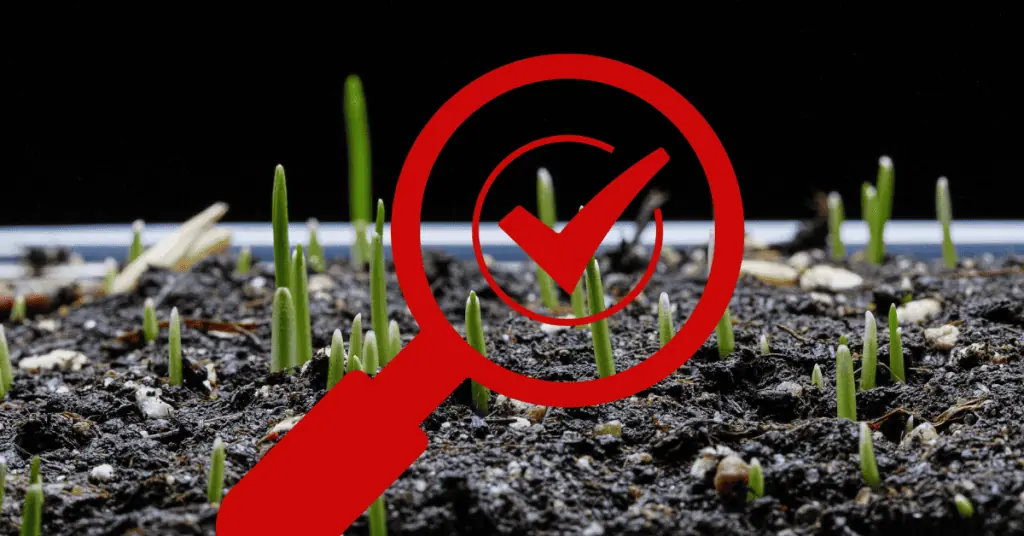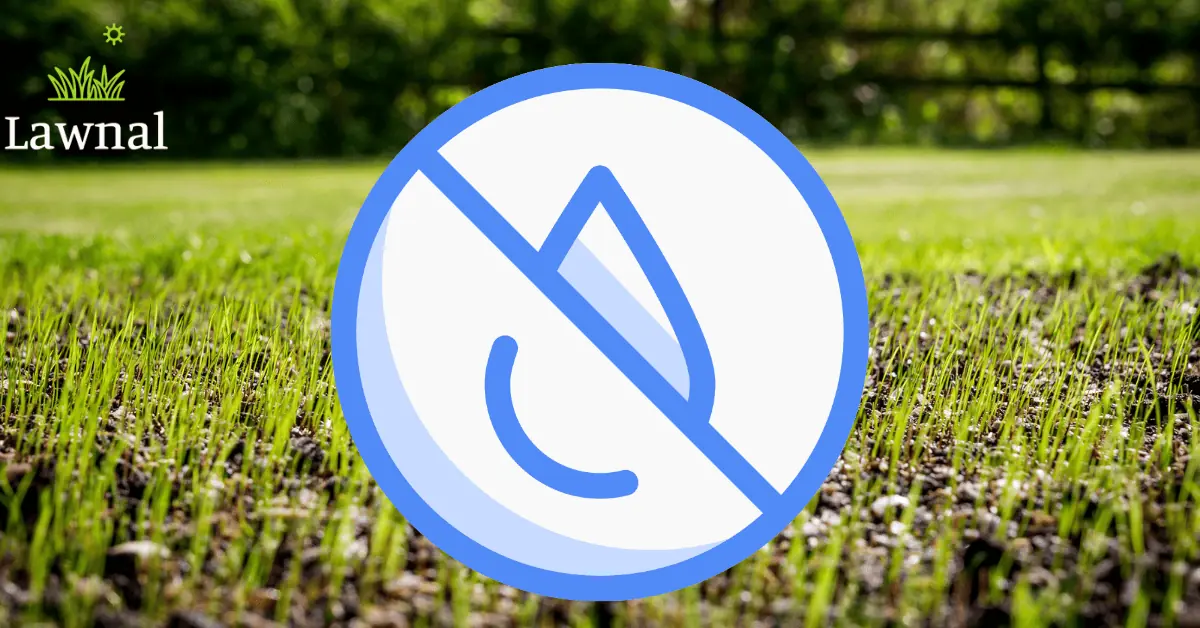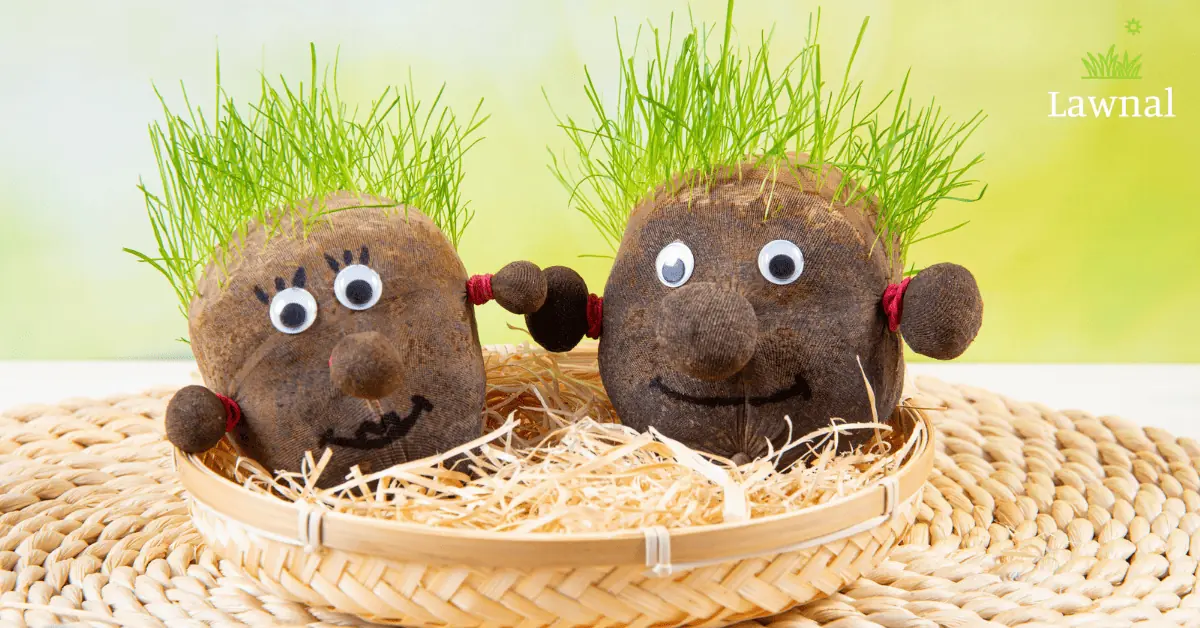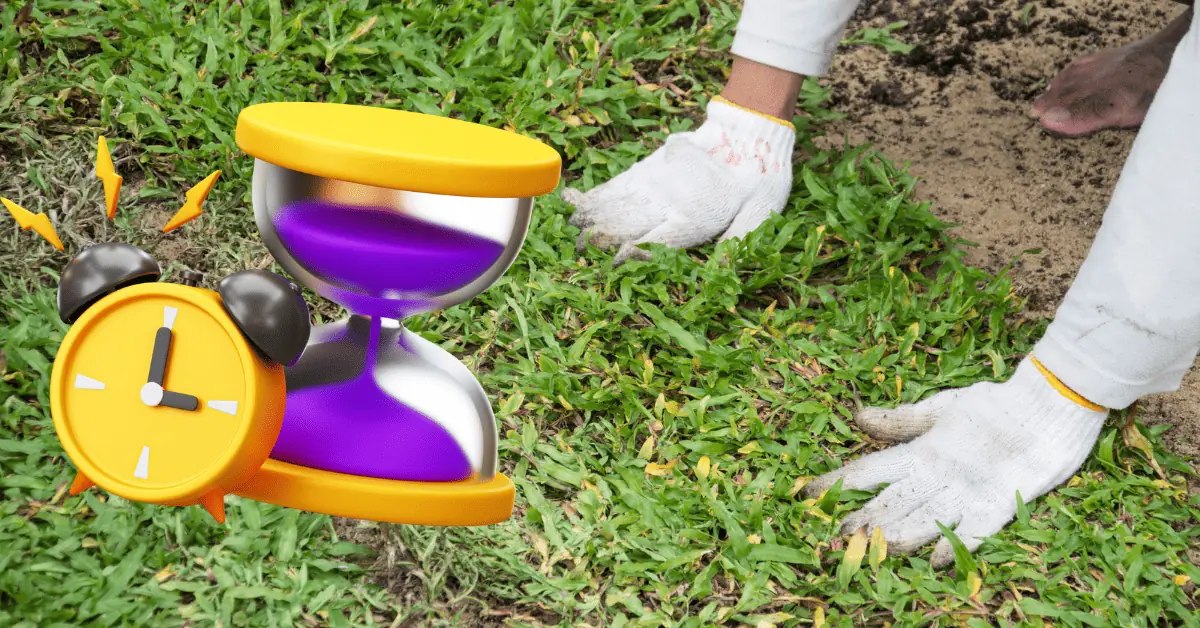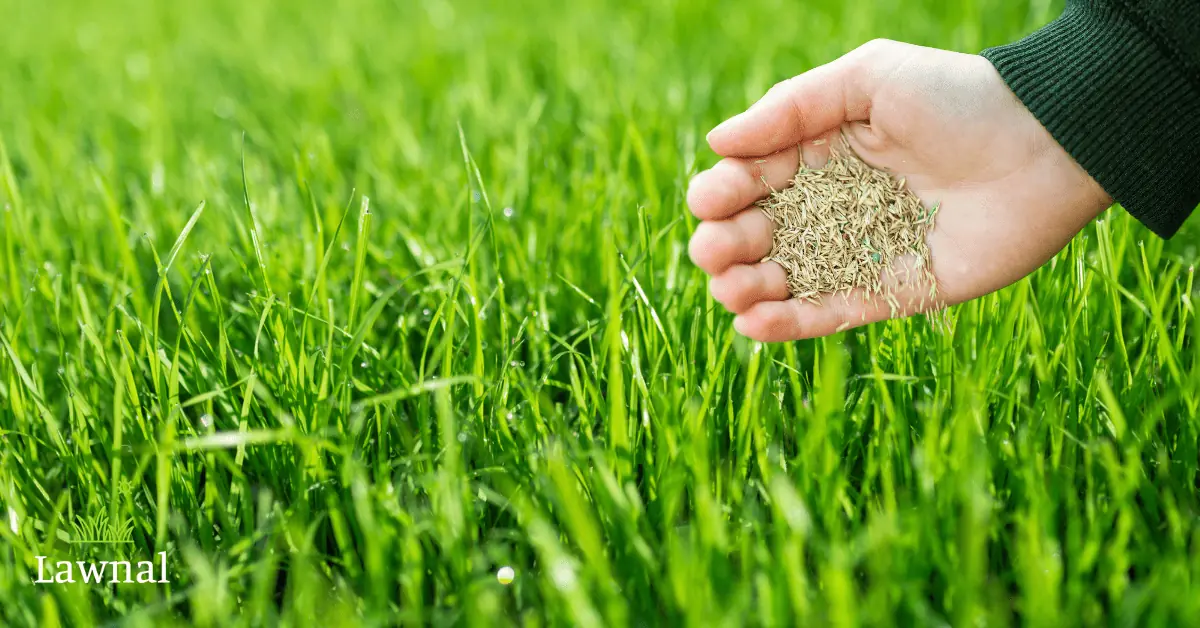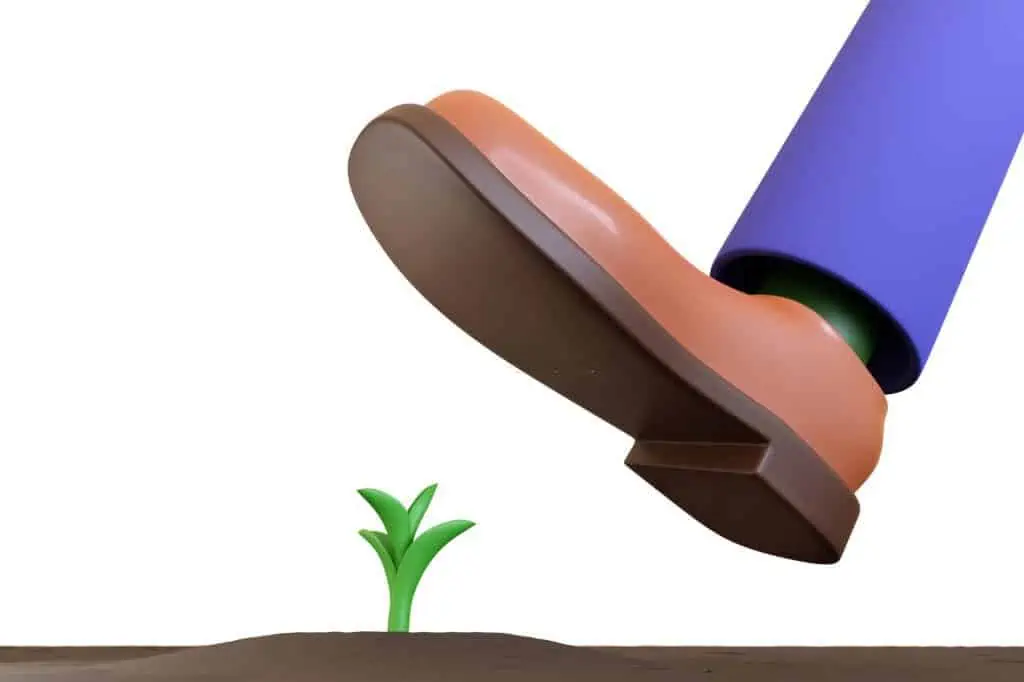The green and healthy grass you see today started from the seeding stage. When you plant the grass seeds, it takes some time to grow into that lawn you want for your home. Generally, grass seeds take between five to thirty days to germinate, depending on the variety.
If grass seed takes longer than expected or is prescribed, the moisture content, temperature, and other factors may be responsible. Also, the pH level and weather conditions contribute to seed germination. Do you often wonder whether your grass seed is germinating or not?
Keep reading to learn ways to tell if your grass seed is germinating.
How You Can Tell if Grass Seed is Germinating
Depending on the grass seed you’ve planted, there are several ways to tell if the seed is germinating. The best way is by looking at it (if it’s visible) and studying its condition. Is the seed’s sprout pushing through the soil? Then it germinated successfully.
If no sprouts appear after two weeks or after the stated time for germination of the particular grass, check the seeds. Generally, germinating will begin with a metabolic activity inside the seed. As a result, the first visible sign of germination is seed enlargement, thanks to water intake and suitable soil.
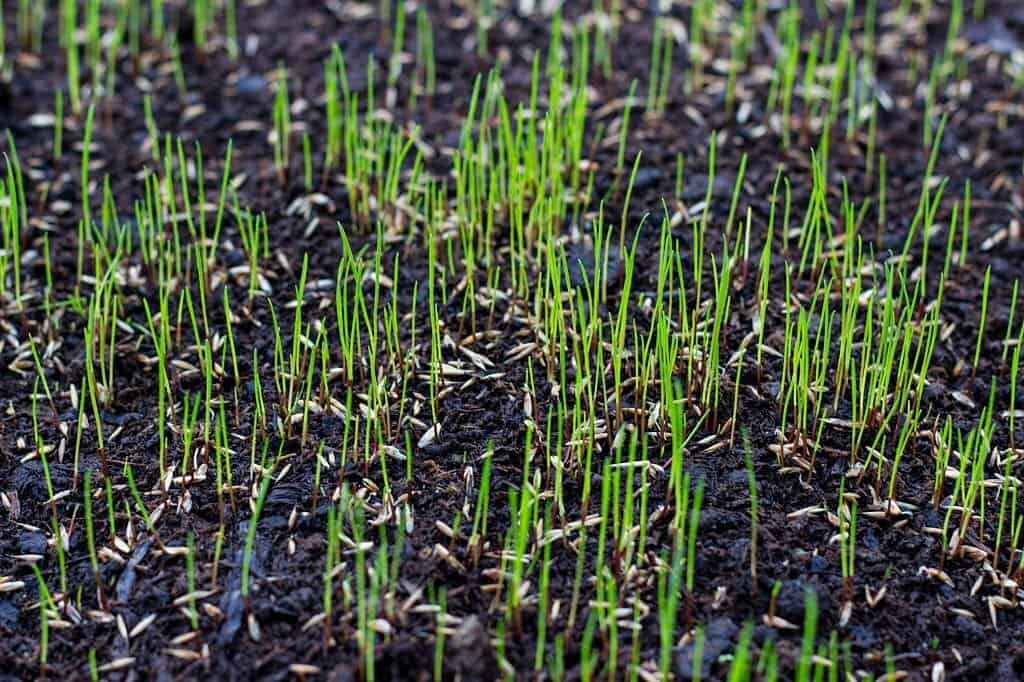
Factors That Help You Determine Grass Seed Germination
Seed germination occurs when the plant inside breaks through, thanks to the excellent conditions for growth. The seed establishes itself by shooting out of the soil and sprouting up.
However, there’s more to these indicators that your grass is growing. Here are several factors that help you know your grass is germinating properly.
1. Type of Grass Seed
The type of grass seed planted is one factor that can help you learn how the seed germinates. Your variety may be quick off the blocks while growing or slow, taking weeks to sprout.
Further, the seed has to be in tandem with your local climate, which may affect variety. For example, Bermuda grass seeds thrive in warm conditions, making them excellent for states like Oklahoma and Texas.
2. Soil Condition
Good soil provides the background for your grass seeds, so it’s easy to tell if they’re germinating. The ground must have the correct moisture, pH levels, and texture for the type of seed you plant. If the soil has a deficient pH level, look for ways to fix it.
For ideal pH levels, look between 6.0 and 7.0 since the pH can affect the growing habit of the grass seed.
3. Seed Germination Rate
Different seeds have different germination rates. You’ll find that some varieties have a faster germination rate, while others will take longer to sprout out of the soil.
Your plant species depends on how quickly you want your grass seed to grow. For example, Bermuda grass takes longer to germinate than Zoysia species.
4. Weather Condition
Weather condition plays a significant role in seed germination. Most times, it’s challenging to avoid heavy rainfall or cold temperatures. That’s why you must do some forecast before planting.
You can plant grass seeds anytime, but different seeds need ideal weather conditions to germinate properly. For example, fall is the best time to plant cool-season grass seeds, while warm-season grass seeds perform well in spring.
5. Light
What size of seed are you planting? The seed size often determines how much light it demands for germination. Larger seeds do not demand so much light exposure because they hold more potential energy than smaller seeds.
Further, research shows that seeds need light to know whether or not they’re beneath the soil, near other plants, or under a tree’s canopy. For these reasons, you must plant them at the correct depth to get adequate light to germinate accordingly.
How to Prepare Grass Seed
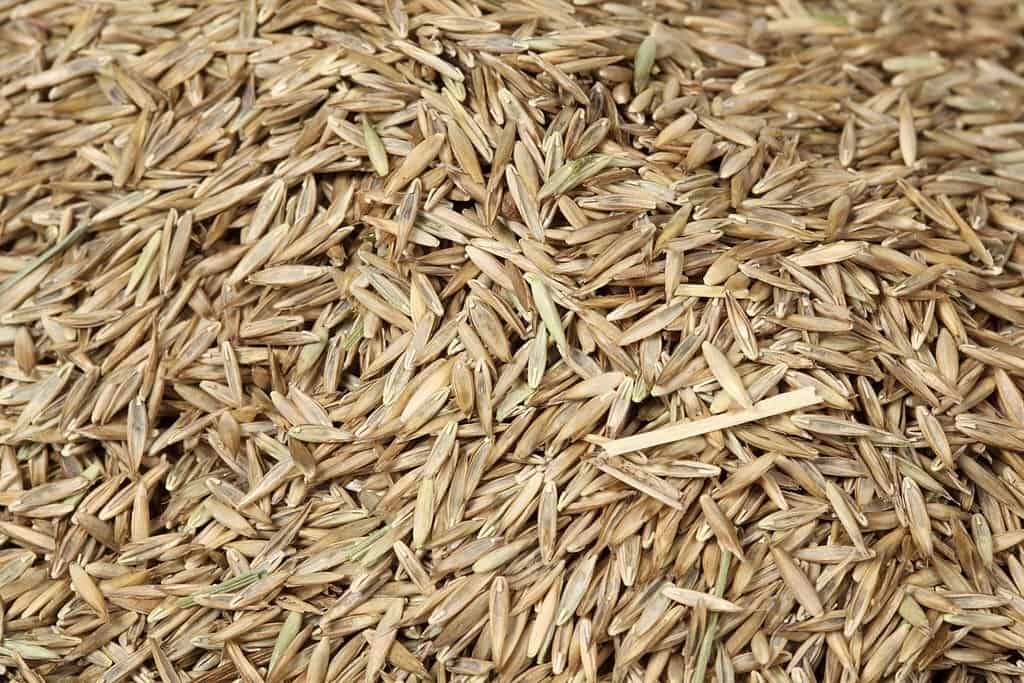
Where you plant warm-season or cool-season grass seeds, you have to prepare or pre-germinate the seeds. Some seeds are mixed, and others grow slower than others.
If you want all the grass seeds to grow uniformly, it’s best to pre-germinate them. Use the following steps to pre-germinate your grass seeds:
- Measure out the seeds you need, and use a piece of cheesecloth to wrap them. A burlap or cotton bag is alternative to pouring the seed mixture.
- Tie the top of the cheesecloth and put it inside any vessel with a tight lid.
- Pour water inside and cover the seeds.
- Store the container in any location, but make sure the temperature stays at 70 degrees F.
- Change the water every 12 hours for three to five days until Seed germination is visible.
- If germination is visible, remove the bag and let the excess water drain out, then pour the seeds onto a clean newspaper or baking sheet.
- The pre-germinated seeds are ready for planting. Do that in your yard or garden, and keep the grass seeds moist as they take root.
- You can use a rake to distribute seeds into the soil and ensure direct contact properly.
Growing your Grass Seeds
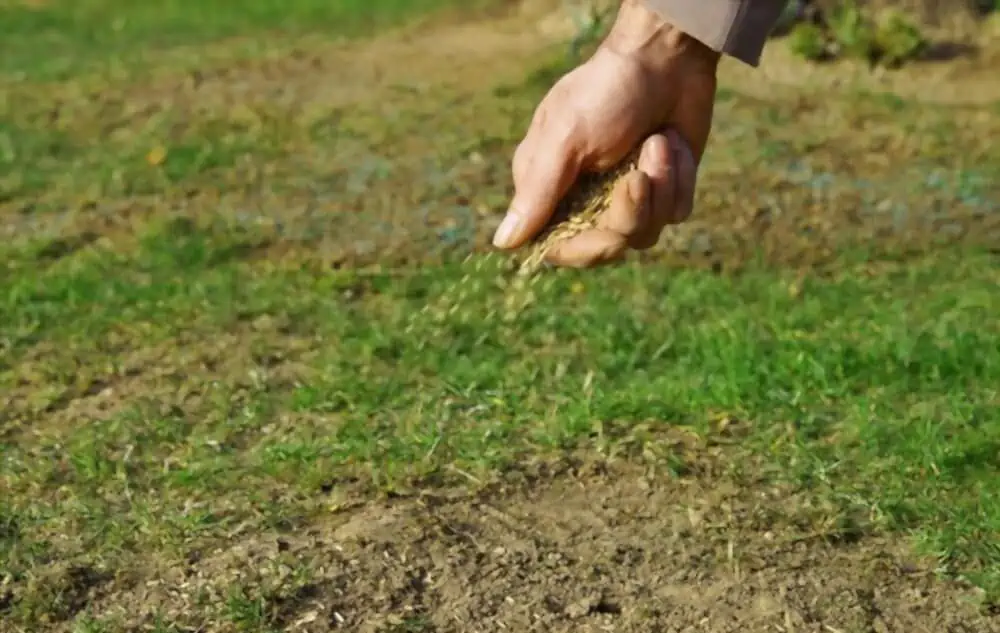
Planting the Seeds
Planting is the surest way to germinate grass seeds. It’s also the conventional way to plant various grass varieties.
Use the following steps to plant grass seeds:
- Loosen about two or three inches of the soil and dig six inches deep to remove debris and leftover roots. Also, plant larger seeds deeper into the ground.
- Break soil clumps to level the ground to prevent excess water from pooling.
- Mix seeding soil on top of your existing soil, then use a rake to smooth them. Grass fertilizer is an alternative to seeding soil.
- Before planting the seeds, mix rotten manure or compost into the soil, and fill any holes.
- Smoothen the manure with a rake and plant.
Cold Stratification
Blending the cool and warm seasons is possible, especially if you live in transition zone states. Also, if you have shaded areas and trees on your property to keep some parts cool, you can plant grass seeds in such areas. Cool-season grasses will thrive in such places even if you live in a warm climate.
You can use cold stratification for grass seed germination if you want the right growing conditions for transition zone states. Follow the steps below to get it right.
- Wrap cool-season grass seeds inside a moist paper towel and then in zip-lock bags.
- Store the bags in your fridge for anywhere from 30 to 120 days to mimic cold conditions cool-season grass seeds need to germinate in the spring.
- After the waiting period, remove the seeds and plant them as the soil is prepared for germination.
How To Water Grass Seeds
Water is a significant part of grass seed germination, so you must get watering right for proper growth. Even though new seeds need plenty of moisture, you must get the balance right. Use the following steps for optimal seed germination.
- Water the area to a depth between six to eight inches two to three days before planting. This should be done once a day.
- Immediately after plating, wager to do a depth of three to four inches deep once a day. Five to ten minutes should do the trick.
- Continue watering until germination ends and the seeds sprout—water twice daily at a depth of two inches.
Conclusion
If you’re trying to establish a new lawn, grass seed germination is something you must consider. Generally, you can tell if a grass seed is germinating from its disposition in the ground, change of habits, and sprout. However, factors like the grass seed variety, light, watering, and weather conditions contribute to the seed germination rate.
Now that you know this, ensure you prepare grass seed adequately before planting. Also, observe the weather conditions and other climate needs before selecting a seed type and planting grass.
